Attractions
Search for interesting attractions by type and / or area or by keyword, end by pressing "Show results"
102 Search results, page 3/6
Clear filters-

The site colloquially known as Leväluhta sacrificial spring is an internationally significant water burial ground from the Iron Age, where bones from nearly a hundred individuals have been found. According to studies, the burial ground was used between the years 300 – 800 AD.
Over its thousand-year existence, Leväluhta’s shape has changed as a result of land uplift effects. Leväluhta is one of Finland’s most famous archaeological sites and it holds international importance.
Burying in water was also rare during the Iron Age; cremation of the dead was the prevailing tradition. The reasons for the submersion in Leväluhta are unknown. Even with today’s research, the entire history of Leväluhta is not known. The bones found in the water grave are unusually well-preserved because they have been submerged in oxygen-free clay.
Over the centuries, the spring that bubbles red in the spring has sparked people’s imagination, and one can only guess what was thought of it during the Iron Age. The mysteries persist, and the site changes as the land rises. Will the true knowledge of the past emerge?
https://isokyro.fi/vapaa-aika-ja-matkailu/matkailija/historia-ja-kulttuuri/levaluhdan-vesikalmisto/
-
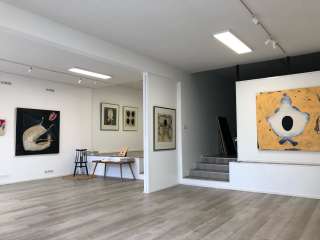
Makers’ Gallery is a contemporary art gallery founded in Vaasa in 2020. Our first exhibition opened on September 1, 2020. The gallery shows both Finnish and international visual art. We are constantly looking for new artists from Ostrobothnia and throughout Finland. We collaborate with the artist residence Vanha Paukku in Lapua, and also organize an annual exhibition that is curated by a well-known cultural figure.
We also organize other activities in the gallery, such as croquis drawing and other cultural events. The gallery space can be rented for various events.
+358 6 723 4298
galleria@makersgallery.fi
-
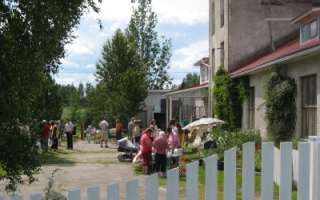
The Art Factory is an independent production-house that focuses on the realization of ideas and where artists from different disciplines can gather, create and share their ideas and works. Malakta is a space that offers facilities to artists in different fields and as production company initiates innovative projects and productions.
+358 50 587 5674
-
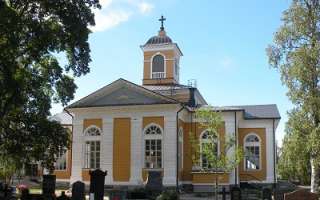
This, the third Church, of the congregation was designed by C. Bassi, and erected under H. Kuorikoski’s management 1828-29. The bell tower, which is the designed by the famous architect C. L. Engels, was built in 1832.
https://www.malaxforsamling.fi/kyrka-och-lokaler/malax-kyrka
-
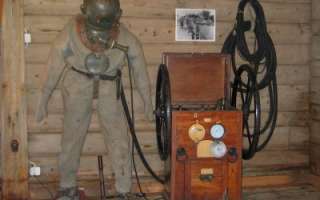
Vaasa used to be an important shipping company and maritime city. In the Vaasa Maritime Museum are displayed local maritime traditions from the shipbuilding of the 19th century to the present day luxury yachts. Various fascinating objects, scale models, shipwrecks and photographs give a glimpse of the life of old time seafarers.
The Vaasa Maritime Museum is located on the shore of the Palosaari strait. The strait was for over 150 years the outport of Vaasa and the centre of shipbuilding. In the 19th century and early 20th century the shore was bordered with the shops and magazines of traders, and the museum is situated in one of these old salt magazines. Ship-owner Wolff had a salt magazine constructed in the middle of the 19th century and the building has been well preserved thanks to the conserving effect of salt. There are four original harbour magazines on the area altogether, one of which probably dates back to the late 18th century and has been relocated on the area from Old Vaasa.
+358 50 382 8771, +358 50 575 9489
http://www.museiportalosterbotten.fi/museum-a-o-en/museum/86-maritime-museum-of-vaasa
-
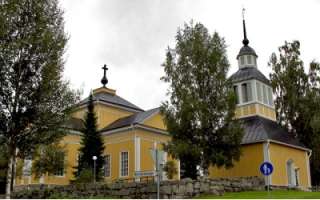
In Maxmo situated church was built in year 1852 and the bell tower was part of an old church which situated in this place in the 18th century.
+358 6 345 0023
-
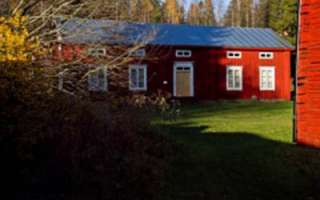
In the Myrbergsgården museum the visitor can get acquainted with the peasant way of life in the old times as well as with one of the finest garment and textile collections in the municipality. In one of the houses across the yard can be seen a unique gathering of beautifully painted church sleighs, which the people of the house used in order to get to the church on Sundays.
The Myrbergsgården museum area in Vörå nowadays consists of around 17 buildings, which have been relocated on the region from different villages in Vörå. In addition to the agrarian house here can be found for instance a functioning smithy and a windmill. To the museum also belongs a loan grain magazine from the year 1753, which is among the three first ones in Ostrobothnia.
The museum’s textile collection is one of the finest in the municipality and it comprises of approximately 6 000 various textiles.
+358 50 468 5542,+358 50 5721827
http://www.museiportalosterbotten.fi/museum-a-o-en/museum/53-myrbergsgarden
-
Nature trails and hiking routs in the Vaasa Region

-

Närpiö Church is a white stone church, which oldest part was built in 1435. The church has been rebuilt many times.
+358 6 220 4200
narpes.pastorskansli@evl.fi
-

It happens sometimes that first time visitors to Närpes get a wide eye surprise when they go past the church right outside of the downtown core. Rows and rows of small, red, windowless buildings, app. 150 in total, can be seen there. These are the unique church stables. They were used in the old days for housing horses during the church service. The stables were built for the horses and the long protruding roofs were intended to offer protection for sleighs and buggies.
The oldest preserved church stables stem from the end of the 18th century, but some were built in the beginning of the 20th century. At the most 400 stables were once in use. Nowadays you can walk freely around the area of the church stables, but those who want to know more can also book a guide.
-

Old Vaasa (Finnish Vanha Vaasa, Swedish Gamla Vasa), is situated approximately 7 km southeast of Vaasa city centre and is classified as a valuable landscape area of national significance. Vanha Vaasa is an area with much to offer, embodying sights and attractions reflecting culture, ancient history, settlement and natural beauty.
The history of Vaasa can be traced to the early 14th century when sailors from Norrland landed on a forested island at the site of Old Vaasa. In the 1370’s Korsholm Castle was already being built on the spot. After the last ice age the land has been continuously rising in these parts of Finland. At the time Korsholm Castle was built, the area between Old Vaasa and the present town was under water and the coastline was further inland compared to the current one. Even as late as about 200 years ago ships sailed to Vaasa along the channel that now, almost filled in, meanders across fields.
On a hot August morning in 1852 a disastrous fire broke out in Vaasa. The houses had either thatch or bark roofs and buildings were separated only by narrow gaps. By nightfall the flourishing town had turned into smoking ruins.
Vaasa was rebuilt some seven kilometers closer to the coast. The relocation provided better prospects for trade and a better harbour as well as a safer and more modern town plan. The legal town status of Vaasa was moved to new Vaasa in 1862. By the 1880’s, the construction of the Vaasa railroad had begun and a station building was erected in Old Vaasa. However, the area did not begin repopulating until the 1920’s.
Read more about the history of Old Vaasa.
-

Church of Oravainen was built between 1796-97 and it was designed by a famous church builder Jacob Rijf.
+358 385 0011
-

Orisberg church is one of the few private churches in Finland. The Church, designed by architect Carl Ludvig Engel, was inaugurated in 1831.
+358 40 511 9599
orisberg@sana.fi
https://www.kansanraamattuseura.fi/sinulle/loma-_ja_kurssikeskukset/kesakeskukset/orisberg_-_isokyro
-
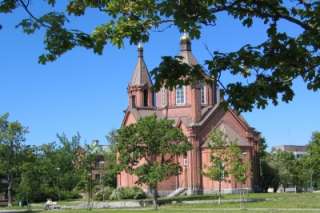
The Ortodox Church of Vaasa was built in 1862 and consecrated 21.9.1866. The church is built as a Byzantine Gothic cruciform church. Open: 1.7.-31.7.2014 Mon-Fri 12-16 and when services. Other times according to agreement, tel. 050 467 8217.
+358 20 610 0495
-
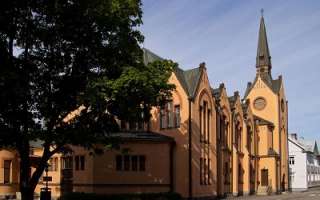
Jugend style church built in 1910 from drawings by A.W. Stenfors.
+358 6 326 1464
-

Vaasa has more than 150 hectares of parks
Parks are a central part of the cityscape in Vaasa. New and old, small or large – you will certainly find the places that are right for you among our parks. Enjoy a well-kept environment and admire the wide variety of vegetation growing there.
For example, the historic, lush and well-kept parks create interesting routes for visits and recreation by the city waterfront area. The proximity to the sea gives the landscape its unique appearance and forms a strong picture of life in Vaasa.
Parks provide visitors with opportunities for recreation, well-being, mobility, social gatherings and events – while at the same time allowing visitors to simply sit still and enjoy the nature if they choose. Parks are great meeting places, where you can do things alone or with others.
https://www.vaasa.fi/en/living/freetime/parks-and-green-areas/parks/
-
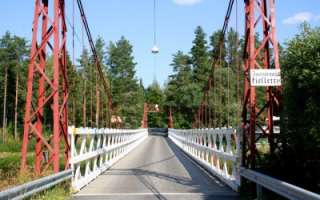
Perttilä’s bridge is Finland’s oldest steel suspension bridge open to traffic. It was built according to a Norwegian model between the years 1909-1910. The wooden deck of the bridge has a total length of 86 meters.
The suspension bridge crosses the Kyrönjoki River at the Perttilä rapids. The suspension bridge is located near the Napue memorial and is still in use.
https://isokyro.fi/vapaa-aika-ja-matkailu/matkailija/historia-ja-kulttuuri/perttilan-riippusilta/
-
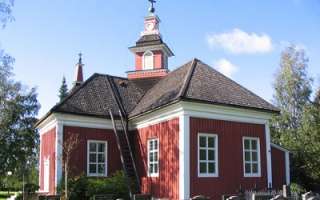
A wooden church with a cross-shaped basic form. Built in 1805 by Nathanael Rönnblad from Pörtom as a builder. The building of the belfry began in 1832 and the builder was Henry (Heikki) Kuorikoski from Kaustinen.
+358 6 347 0274
petalax.forsamling@evl.fi
-
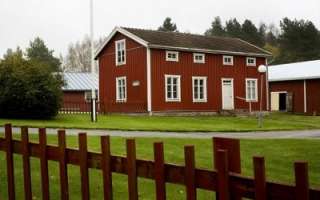
Petalax museum is situated just across from the church of Petalax. The museum is an important part of the traditional buildings that the local historical society owns in the church square. The lower floor of the museum is decorated like an old peasant’s cottage. On the upper floor there are collections of various objects.
hembygdsforeningen@bykiston.fi
-

IBIS is the only gallery in Vaasa which is completely concentrated in photo arts.
